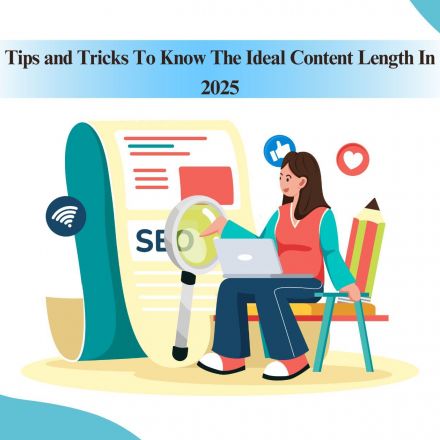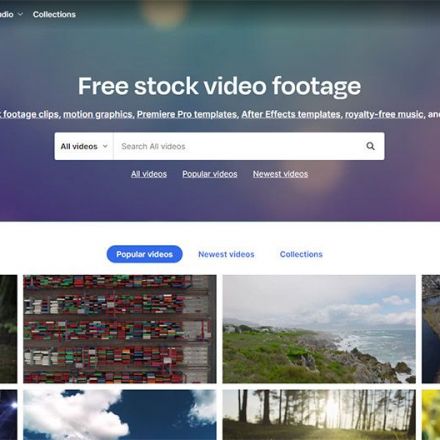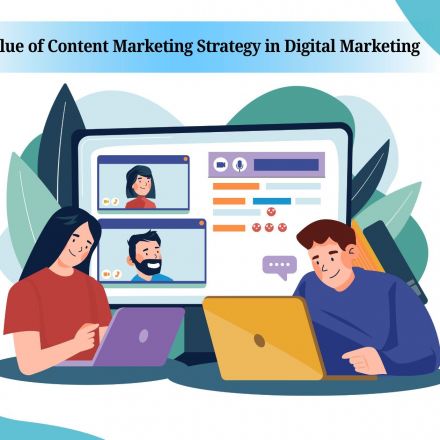2024's Guide to SEO-Friendly Content for SaaS Marketing: Attract, Engage, Convert
Every day new organisations are entering the world of SaaS (Software as a Service), which means that competition is extremely high and it is imperative to have a strong online marketing presence. And, to get you to your goal, you cannot deny the effectiveness of a well framed, SEO-optimised content. We have curated a list of important tips that will guide you to come up with quality content that will enhance the audience interest and search engine ranking in 2024.
The Need for SEO in SaaS Marketing
SEO (Search Engine Optimisation) is the act of optimising your online content with the aim of making it easily found by search engines such as Google. In the context of SaaS businesses, SEO is critical because it can help to increase traffic, leads and conversions. To be specific, when people are in need of the solutions provided by your SaaS product, you need your content to be their first encounter. It becomes apparent why SEO-friendly content for SaaS marketing is a must-have.
5 Ways to Craft Perfectly SEO-Optimised Content for SaaS Marketing
Here’s how you can write the best technical content for SaaS marketing:
1. Identify and Use Relevant Keywords
Keyword research is one of the critical aspects of SEO that form the basis for the overall strategy. Choosing the right keywords also brings in the right kind of audience to your site. Google’s Keyword Planner, Ahrefs, and SEMrush are some of the techniques you can use to identify relevant keywords with more search volume and less competition.
Focus on Long-Tail Keywords: These are phrases that are more detailed and used much closer to the point of purchase as compared to broad keywords. For example, a basic keyword could be ‘project management software.’ However, a specific version could be ‘best project management software for small businesses.’ Long-tail keywords are easy to rank and have high conversion rates.
Incorporate Keywords Naturally: It is crucial to use your primary keyword; do not overdo it. Ensure that you use your keywords fluently into your content so that the writing flows well plus it can be helpful to the readers.
2. Create High-Quality, Valuable Content
As we know, search engines show content that would be useful to users at the top of the search results. Well, so, high-quality content it is, which means it’s all informative, interesting, and pertinent to your target market’s requirements and frustrations.
Understand Your Audience: The first thing you should do before beginning to write is identifying your target audience. What are their challenges? What solutions do they seek? Defining your buyer personas could assist you in reaching your target market effectively and efficiently.
Offer Solutions: Your content should focus on how you can help your audience solve a particular kind of problem. For instance, if you have a SaaS product that is a CRM system, the title or the topics you should write about should be how to address challenges in CRM or how to enhance customer relation management.
Utilise Data and Case Studies: Having numbers included in your content will help establish its credibility and support your statements and information. Testimonials are an effective way to convince potential buyers since they can see how your SaaS product has benefited other businesses.
3. Optimise On-Page SEO Elements
By optimising your site with eCommerce content writing you can experience the best of on-page optimisation. Just ensure to maintain the following optimisation factors in your strategy.
Title Tags: When it comes to both search engines and potential users, your title tag is one of the first things that they notice. Ensure it stands out and contains your key term.
Meta Descriptions: Meta description optimisation helps in enhancing the number of clicks your page is likely to receive. It should also contain a brief description of the content and the primary keyword you want to target. Limit it to 165 characters to make sure it fits within a single line on most search engine result pages.
Headings and Subheadings: To make your content easy to do, use headings (H1, H2, H3). Always ensure that you use the keywords in the headings to make the SEO of the website easier.
Internal and External Links: Internal linking assists the search engines to understand the layout and the hierarchy of your site and makes the visitors stay longer on the site because of the available related links.
4. Use Visual Content
The use of images, graphics, and videos help in making the content more appealing and encouraging others to share. Graphics and images can also be useful in terms of SEO since it helps the visitors spend more time on the website and also minimise the bounce rates.
Optimise Images: When you are uploading your images ensure that you give them the correct file name and that the alt text you write contains the keywords. Images should be compressed to reduce the amount of time taken by the pages to load, which is considered a ranking factor.
Create Engaging Videos: It must also be mentioned that videos can substantially increase interaction and are very shareable. Think about illustrating your value proposition through such pieces as tutorials, demo videos, or customer reviews.
Focus on Mobile Optimisation
With the increasing use of mobile devices, ensuring your content is mobile-friendly is essential. Google uses mobile-first indexing, meaning it predominantly uses the mobile version of the content for indexing and ranking.
Responsive Design: Ensure your website has a responsive design that adjusts to different screen sizes. This improves user experience and can positively impact your SEO.
Page Speed: Page speed is critical for mobile SEO. Use tools like Google PageSpeed Insights to identify and fix issues that may be slowing down your site.
The Bottom Line
Writing SEO content for SaaS marketing requires some strategies like using proper keywords, on-site SEO techniques, mobile optimisation, etc. By following the above strategies, one can obtain better search engine rankings and consequently stimulate growth in SaaS companies. To sum up, always keep the focus on the value that will be provided to the reader and always adhere to the latest SEO rules and guidelines in SaaS content writing.





























Join the Discussion
I’ve recently gotten into the classic Mega Man games and thought of documenting my playthroughs on a blog. Would that kind of content attract interest?
I’d recommend thinking long-term. Hosting and maintaining a site costs time and money. Even if profit isn’t your goal, making your content self-sustaining is smart.
That’s a smart approach. I’d be interested in contributing. If you’re open to casino-related content, I’m in iGaming. Here’s a link to @ https://qwertylabs.io/igaming-seo/casino/ if that aligns with your goals.
Good point. I was mostly thinking of sharing casually—maybe via social media.
Start with what you enjoy. Even if there’s no immediate audience, creating consistently builds value. If you plan to scale or monetize later, here’s a solid guide on content creation for SEO @ https://qwertylabs.io/services/content-creation/.
That works too. But to increase reach and ROI, consider broadening your niche—maybe make it a general gaming blog. You could invite guest posts for a fee, which supports costs.